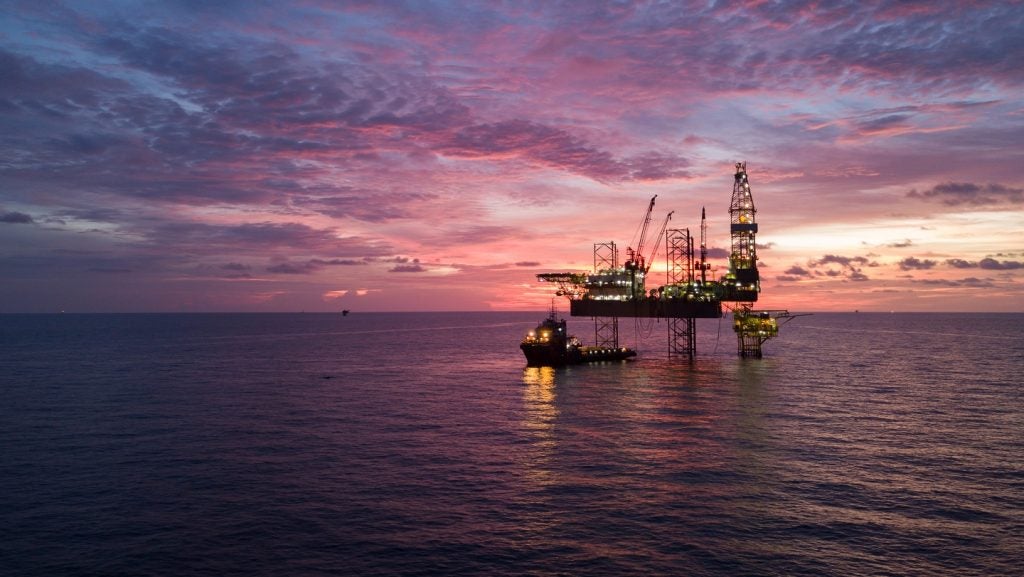Brent crude has reached the highest levels in three and a half years in the wake of the US announcement of fresh sanctions against oil-producing nation Iran.
US President Donald Trump has opted to come out of the international nuclear deal reached with Iran in 2015 and has decided to raise the stake in terms of sanctions against the Organisation of the Petroleum Exporting Countries (OPEC) member.
At a certain point, Brent crude oil futures were at $76.75 per barrel, which represents their highest level since November 2014, according to Reuters.
From their last close, Brent futures soared $1.77, or 2.4%, to reach $76.62 per barrel, while US West Texas Intermediate (WTI) crude futures jumped $1.51, or 2.2%, to trade at $70.57 a barrel.
Trump previously gave European nations until 12 May to fix ‘flaws’ in the nuclear deal.
In response, Shanghai crude futures touched $73.20 per barrel, which marks their strongest level in dollar terms.
How well do you really know your competitors?
Access the most comprehensive Company Profiles on the market, powered by GlobalData. Save hours of research. Gain competitive edge.

Thank you!
Your download email will arrive shortly
Not ready to buy yet? Download a free sample
We are confident about the unique quality of our Company Profiles. However, we want you to make the most beneficial decision for your business, so we offer a free sample that you can download by submitting the below form
By GlobalDataAnalysts attributed the sharp rise in prices to an expected fall in Iranian oil exports.
Energy consultancy Trifecta director Sukrit Vijayakar was quoted by the news agency as saying: “Iran’s exports of oil to Asia and Europe will almost certainly decline later this year and into 2019 as some nations seek alternatives in order to avoid trouble with Washington and as sanctions start to bite.”
After the sanctions were lifted in 2015, Iran bounced back as a major oil exporter.
The fresh curbs are likely to impact global oil supplies in a market already experiencing tightness due to output cuts by the OPEC-led group.
Under US laws, Trump has to wait until 180 days before the re-introduction of sanctions on Iran.
Meanwhile, the Asian markets are gripped by fears of a potential shortage in supplies.
Mitsubishi UFJ Research and Consulting senior economist Tomomichi Akuta was quoted by the news agency as saying: “There are worries that Iran’s oil exports could fall by about one million barrels per day from current levels.
“The oil supply / demand balance is roughly in balance now, but it could turn to a complete supply shortage (in case of new supply curbs). Oil prices could rise at least $10 (a barrel), with Brent approaching near $90.”
In an effort to address market concerns, Saudi Arabia said it would work in partnership with other producer nations to mitigate any supply shortage issues arising out of the latest development.







